As we are all presently discovering, there are inherent risks built into the industrialized food system with its just-in-time delivery. In the last 150 years we have migrated away from growing our own food to relying on distant production facilities and long supply chains. This arrangement is highly efficient and profitable when times are good. But it leaves little room for disruption: redundancies are expensive, and therefore avoided.
We had no idea that by eliminating food service, i.e. restaurants and in hospitals, in some cases, that we would cause such a disruption in the whole infrastructure of getting the food from the farm to the fork.
Trent Loos, Pork Farmer
(VIA YAHOO Finance)
We didn’t always used to live this way. Not so long ago, our grandparents and great-grandparents grew much of their own food. The supply chain was short: between the garden and the kitchen.
People who did not grow their own food knew people in the community who did. Around 30% of the population were farmers in 1920 (when the last major pandemic hit), so it wasn’t too difficult to find an alternate source of food if your default supplier had a disruption. With empty shelves at the grocery store and closure of meat processors, many are beginning to realize the value of home-grown, or locally-grown alternatives.
I will go out on a limb that is getting sturdier every day and suggest it’s time for folks to start building their own supply chains, at least for food. What do we have to lose? If the grocery stores are fully stocked, we are still eating healthier food, investing in our local communities, and supporting a sustainable system.
So how does one go about building a food supply chain? It doesn’t happen overnight. But there are some very practical things we can be doing that will make all the difference. Here are a few:
Thinking ahead
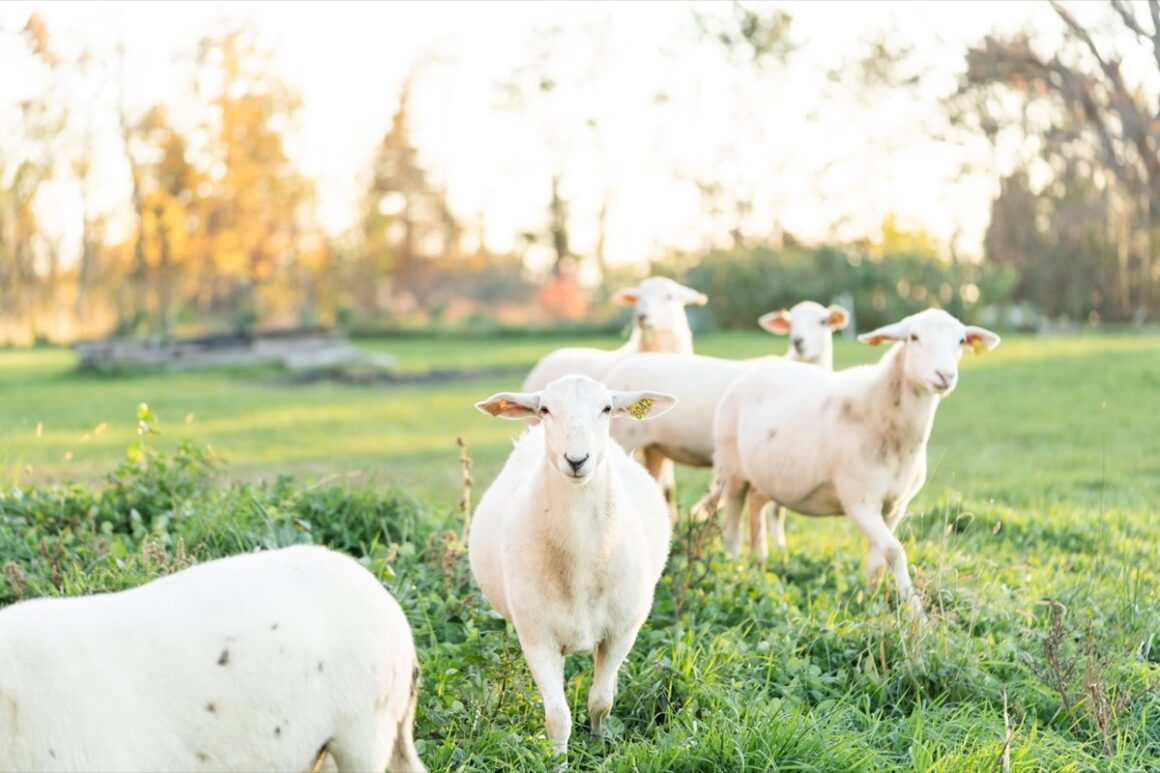
There is a big disconnect between the way food has been historically produced and the way it is currently consumed. We are used to buying food the week (or minute) we plan to eat it. But food doesn’t just happen; it takes many months to make the trip from seed to table. When someone orders a lamb share from us, it takes 9 months to grow to maturity, with plenty of care along the way. If the seeds are not planted in April, there will be no harvest in August. Building our own supply chains means planning far into the future.
The average person is still under the aberrant delusion that food should be somebody else’s responsibility until I’m ready to eat it.
Joel Salatin
When our great-grandparents thought about food, they thought about the next twelve to twenty-four months of food. Which brings me to my second point:
Revisiting the Larder
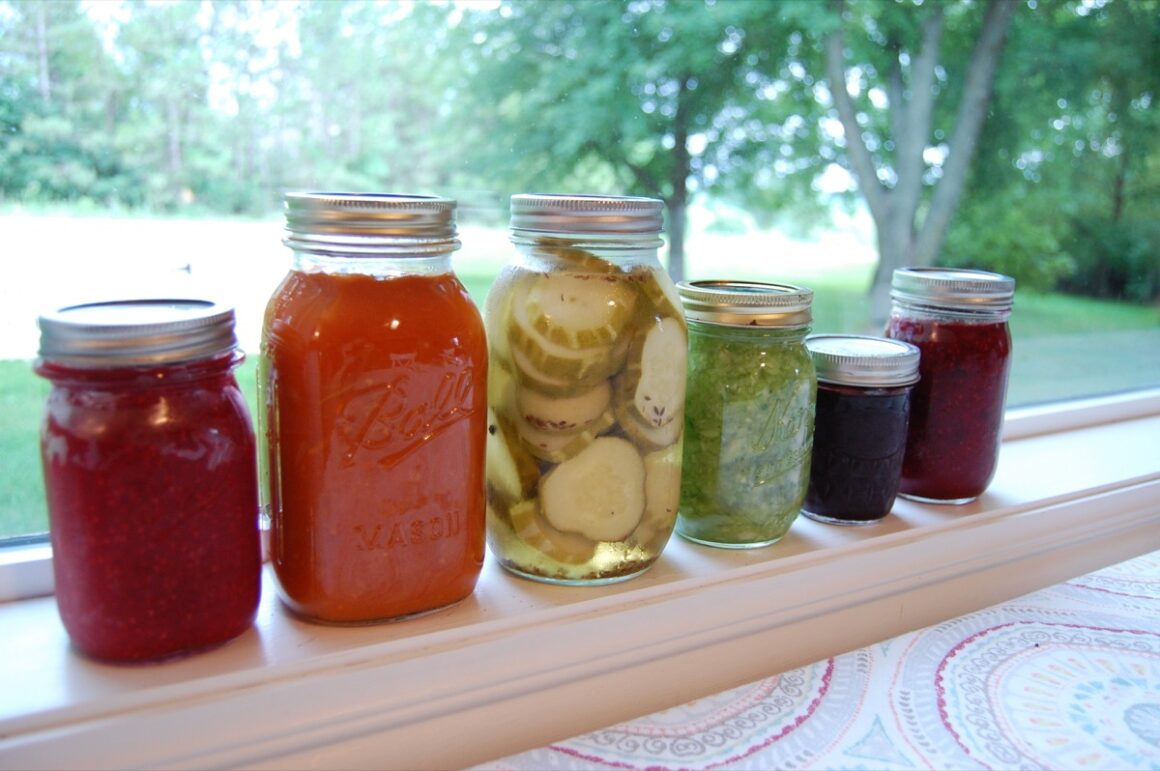
Nothing is more stable than a winter’s supply of food in the basement. And that’s how most humans lived for all of recorded history. Our forebears had larders, root cellars, smoke houses, and attics where they stored vegetables and meat for the winter. Many of us remember grandparents who stored shelves of canned produce from their gardens. They had lived through disruptions and understood the importance of dedicating a small fraction of their house to stored food.
Building our own supply chains requires ample food storage space, an idea that is foreign to most consumers. One of the most frequently cited reasons people do not buy chicken, lamb or pork from us is because they don’t have the freezer space. We are more accustomed to buying individual cuts of meat, not half a lamb or a dozen chickens. But food is a basic necessity; we can afford to carve out a little extra room for it. So invest in a deep freezer, clear out a pantry, and stock it with food.
Knowing your local farmers
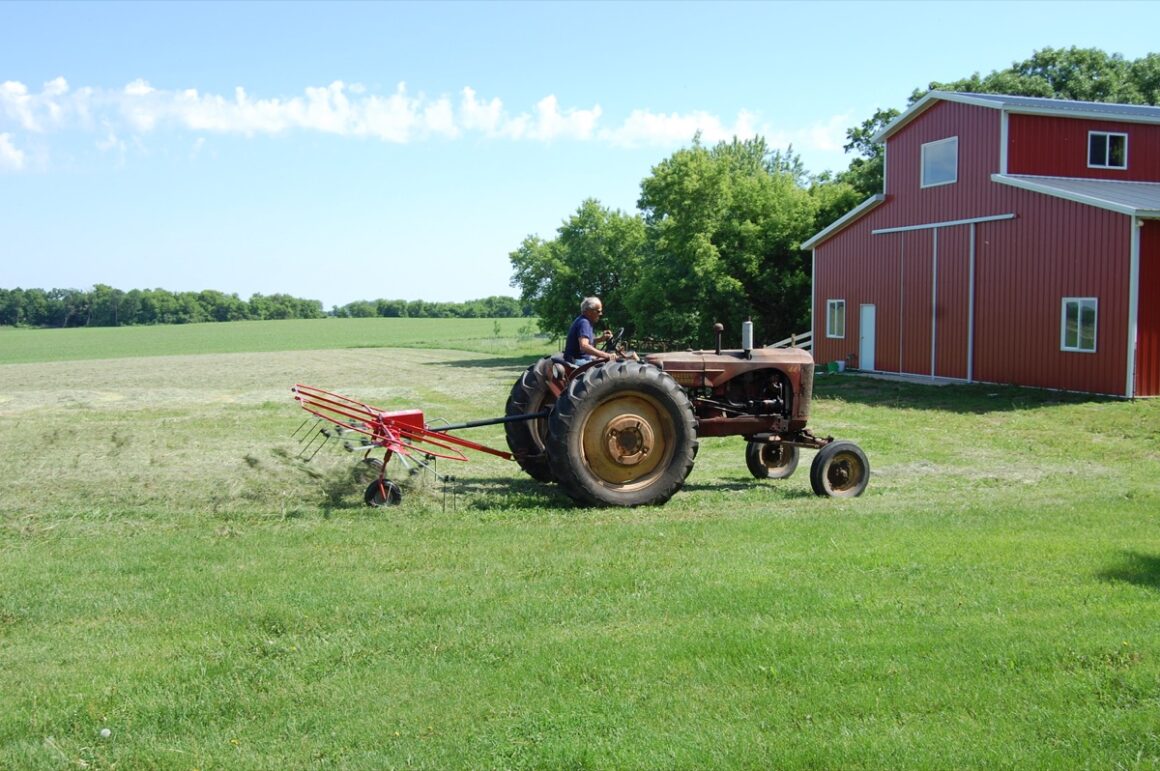
The most critical step in building our own supply chains is finding suppliers. Unfortunately, few Americans ever meet the farmers who feed them. Today’s farmers are buried behind layers of distribution, warehousing, and transportation.
Michael Pollan (Omnivore’s Dilemma) suggests that we “shake the hand that feeds you.” Despite the fact that less than 2% of Americans feed the other 98%, there are still plenty of small-scale local farmers who would be glad to have your business. Get to know them. Search for local farms on Instagram and Facebook and start commenting and asking questions. Develop a relationship before you need to eat.
Farmer’s Markets and CSAs are a good place to start. Co-ops are also a way to connect with local farms. Sustainable farmers associations and growers’ directories can also guide you to local farmers.
In our neck of the woods of Southern Minnesota there is a great association called Cannon Valley Grown. All great local farms with sustainable farming methods. There is also the Minnesota Grown Directory, a statewide, searchable directory of CSAs, farmers markets, and local farms.
Keep in mind there are many small family farms (like ours) who would be happy to hatch an extra dozen chicks or raise another hog for your enjoyment. Look for opportunities to be part of the process, to have a hand in raising your own food.
Growing your own
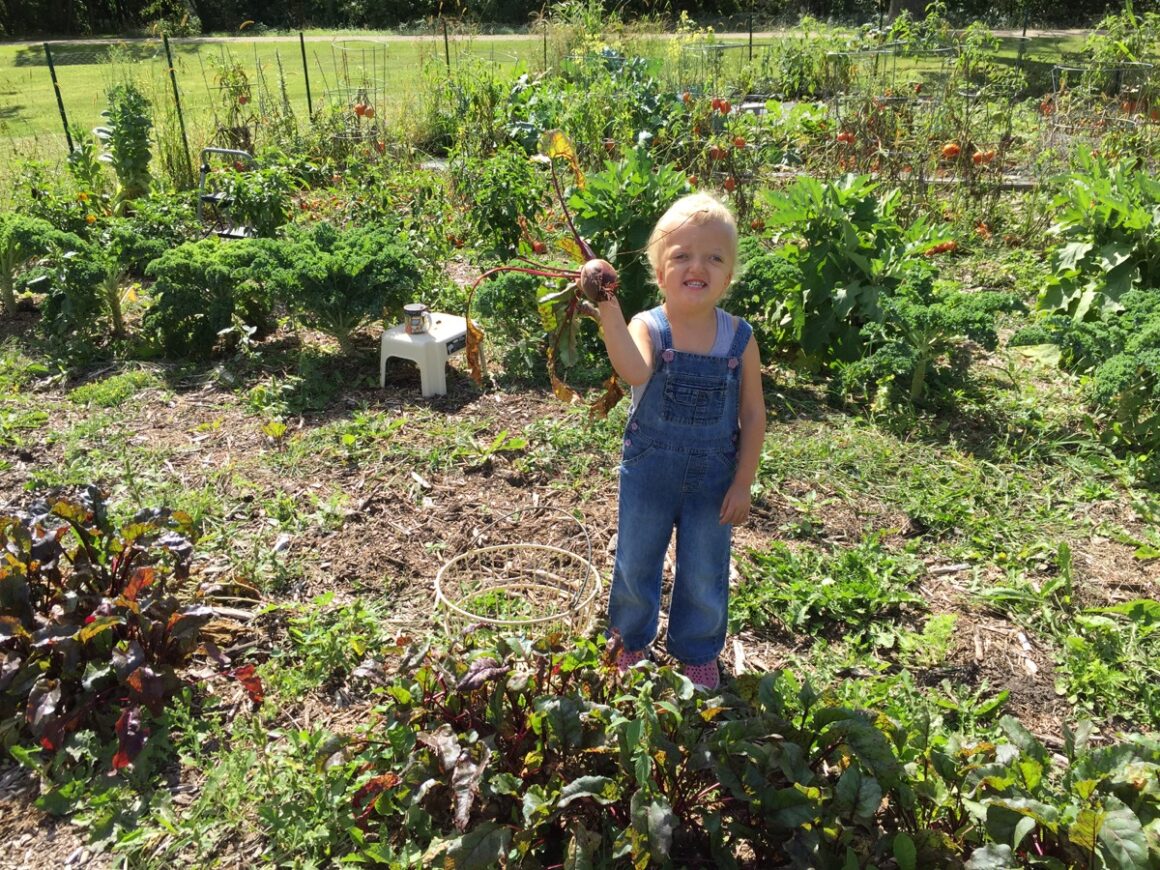
Of course the most resilient food supply is the one you grow yourself. Gardening is fun but it’s not just a hobby. Humans were actually created to be gardeners—it’s in our DNA. It’s not too late to start a garden this year, even if only a few container pots on an apartment balcony (that’s how I started). Add to your gardening a little bit each year. Then add chickens (but not in the apartment).
And please, comment or write us with any questions, or if you get stuck. We have been trial-and-erroring our way through home food production for many years and love to share what we’ve learned (see our series on Starter Gardens). After all, the more of us there are out there doing this, the healthier, more stable, and more resilient we will all be.
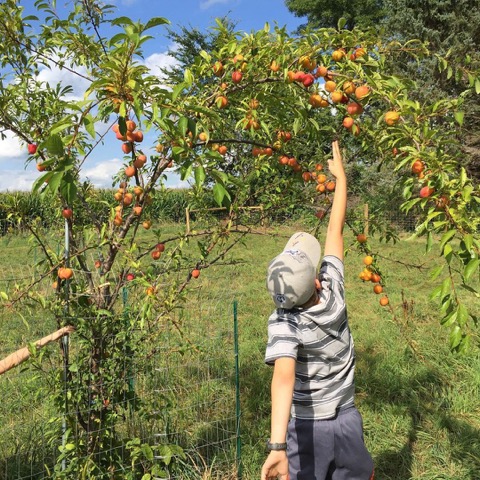


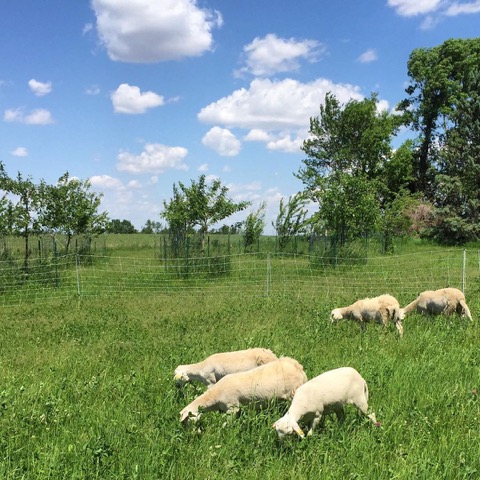
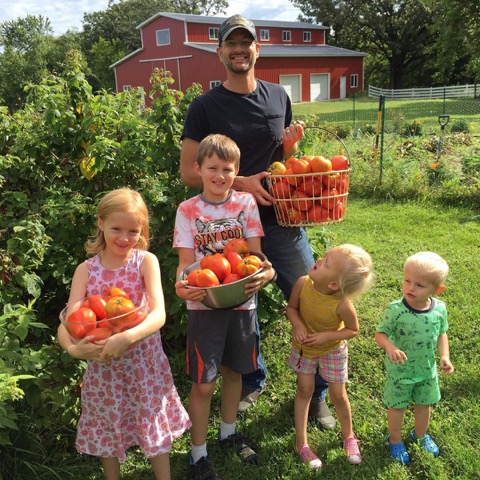
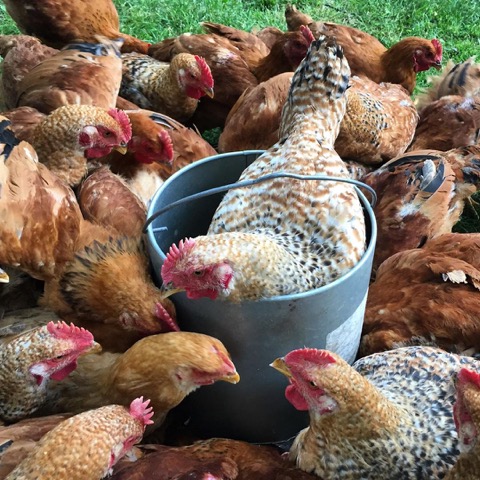
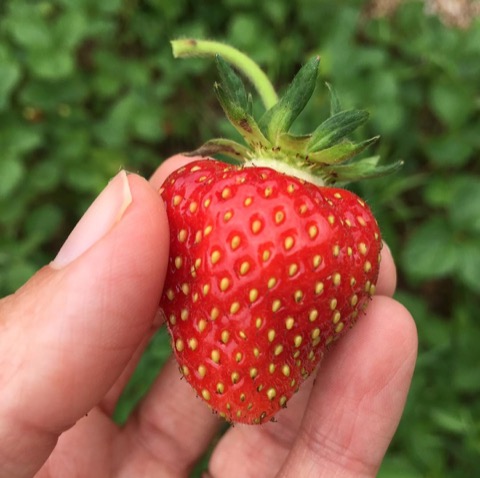
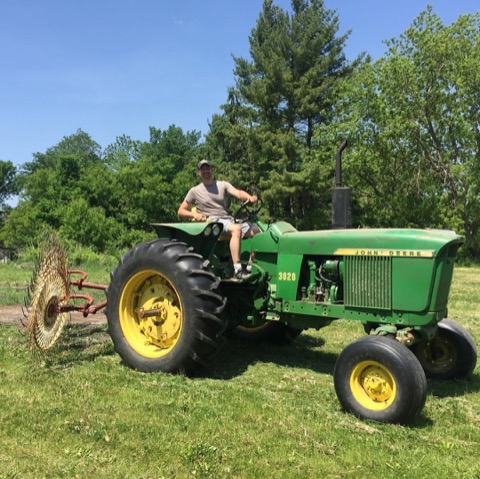

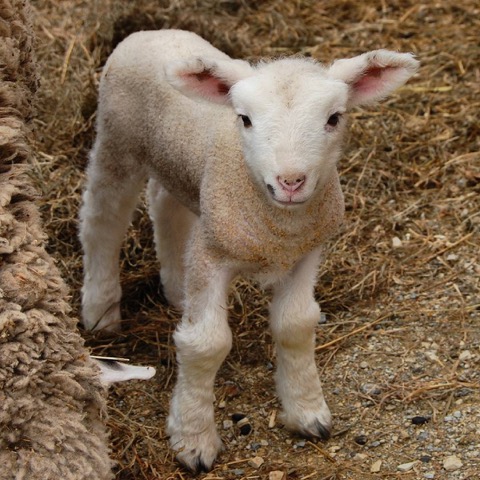
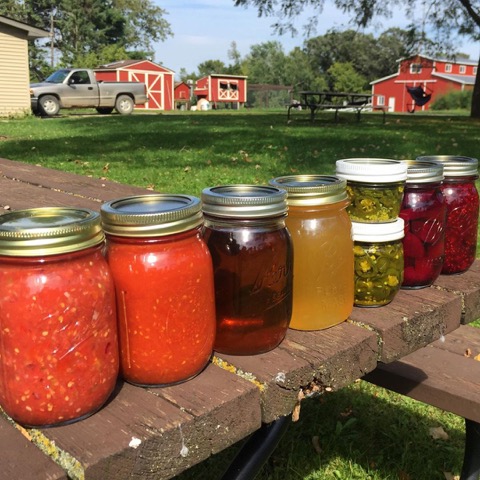
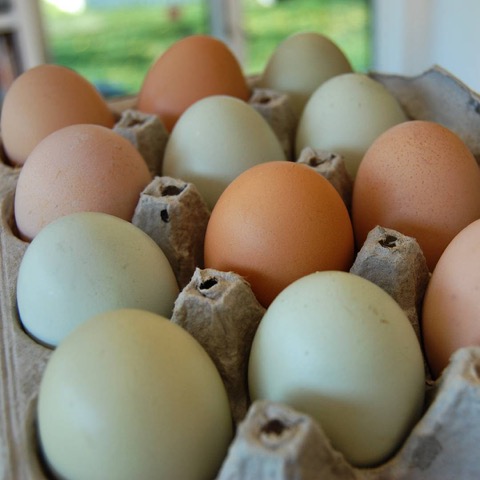

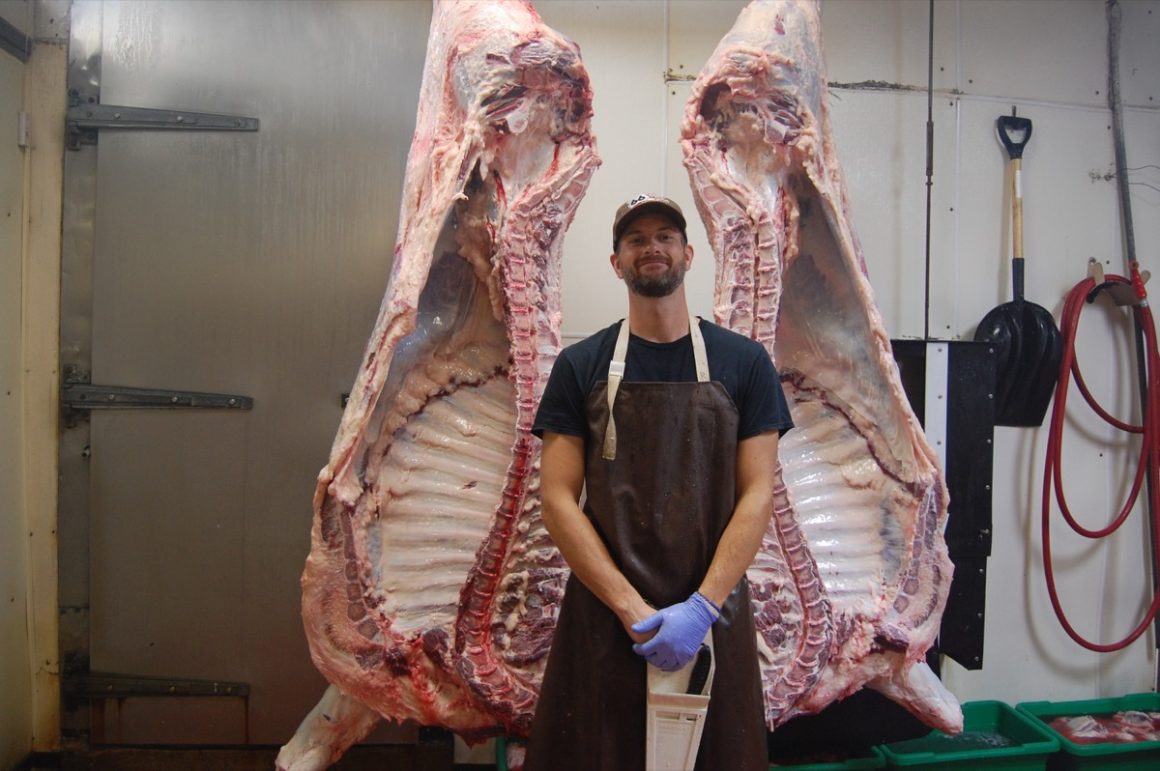
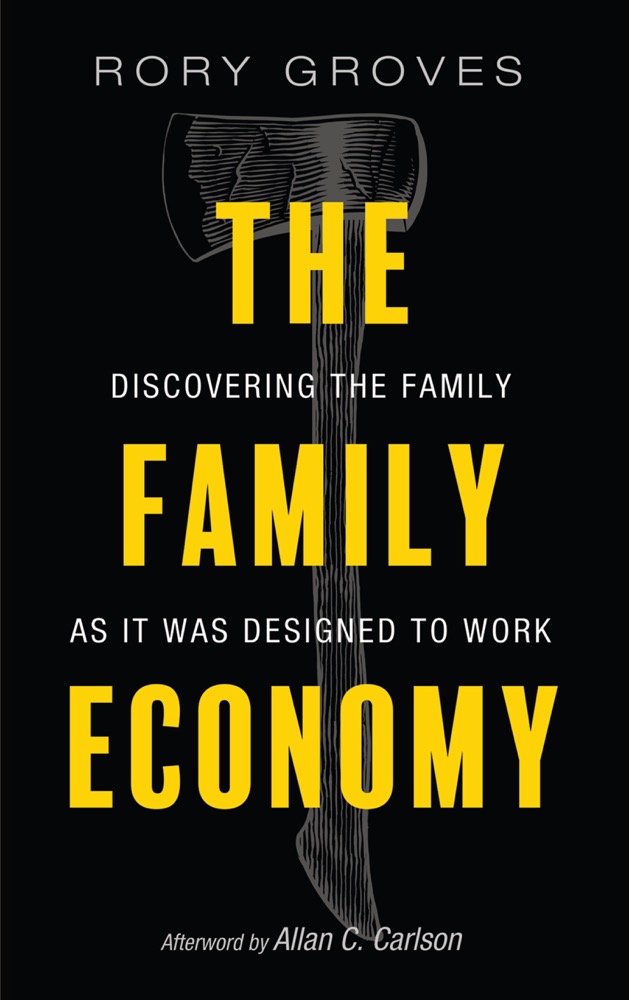
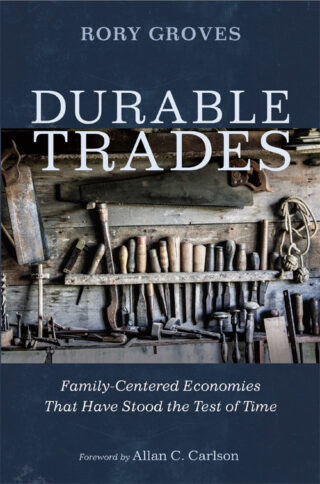
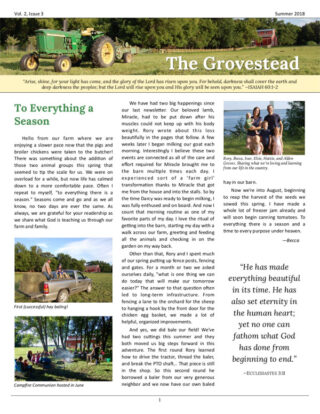
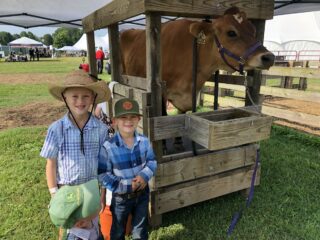
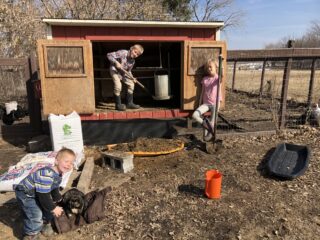
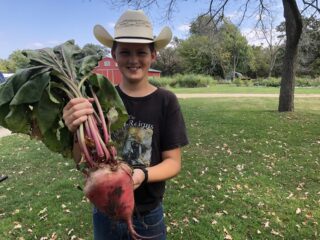
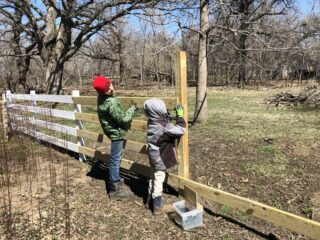
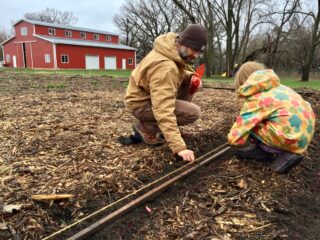

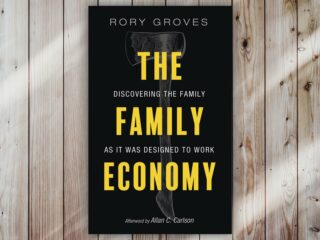
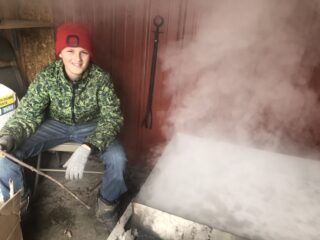
14 comments
Now is the time for all good farmers to build their own meat processing facilities… aka Butcher Shops. Vertical integration. The big boys do it. So can the medium and small like us. I did. I’m a one man farm/shop. That’s about as small as it gets.
I calculated that if I process 2.3 pigs or more per week year round it is better to do it myself. I’ve now been operating my own USDA / Vermont state inspected butcher shop for five years.
Like with everything on the farm, to keep the cost down and make it viable you should do as much of the work yourself. I permitted, designed, engineered, built, electrified, plumbed, installed, wrote the HACCP plans for and operate my butcher shop myself. It is doable. Be methodical. With sufficient money it is about a three-year project.
That is fantastic- local small butchers are a must for local food security. At our georgic/agrarian lifestyle family campus in Missouri, the families have been teaching each other how to process their own meats, for all ages- the small ones learn to build their own fishing poles, catch fish, clean, and cook. Older ones learn to butcher chickens, feather, and process chickens, including making broth from the bones and feet. At camps the teens learn to humanely dispatch and process rabbits. At school, the middle/high scholars help butcher whole venison donated during hunting season, skinning, cuts, ground meats, hides, etc. This fall we did ram castration, and this spring we will butcher some lambs with them. We want the kids to learn to be great stewards of the land and animals. This includes helping them live their best lives, and if and when it comes time to use them for meat, the ability to dispatch them humanely, and no-waste processing to make the most of the life of one of God’s creatures. We allow them to cry and express that it is sad, as long as they learn the skills needed to be great stewards that can serve the Lord with the might of the land and animals they have been entrusted with.
Love what your doing
I agree with much of what you are saying. I hope people will value the type of food security that comes with building their own supply chain. Hopefully they will understand that straight from the farm often cannot meet the low price point of mass production. Too often when people have asked about beef prices they say, I can get it cheaper at the store.
People are finding out what low prices cost us.
Small farmer myself…have chickens that lay enough eggs to sell weekly (certified Candler). Raise veggies and do a lot of canning. Have small muscadine vineyard for jellies. Love it. Would love to receive any info you have to offer in my email. Blessings!
Hi Rebecca- Thanks for being part of the solution! We’ll add you to the mailing list. Also be sure to check out our print newsletter with more articles like this.
How did people store meat before electricity? Or did they just keep animals and butcher them as they needed meat?
Hi Elizabeth- Historically people used many methods to store meat including smoking, curing (salting), and canning. Once preserved, the meat could last several months. Wherever possible they stored their meat “on hoof,” waiting to butcher animals until they were ready to eat them: “Bring the fattened calf and kill it, and let us eat and celebrate. For this my son was dead, and is alive again; he was lost, and is found.” (Luke 15:23)
I totally agree with all you posted about our food chain. I am 75 years old and from the State of Pennsylvania. We had chickens, turkeys pigs and of course a several garden spots which we took care of by hand. Got away from that way of life now wanting to get back into growing my own food. Just yesterday we went to a butcher shop that sells packages of meat and am buying 1 or 2. Pick up my freezer today and will start planting this week.
I agree with you about start up a food chain. I’ve ordered my chicks just before this virus hit our country. They should be in with in a week or 2. I will be selling and delivering fresh eggs on a weekly basis. I also will be processing my own chickens as well. We all need to get back to the basics of living and stop depending on the government. They have to much control on us now and we need to turn that around. They have been poisioning all of us for yrs that is why there is so much cancer now days. So we all can put a stop to that if everyone will realise what the government is doing
Well put Mike, and Godspeed with the chickens. Ours just arrived last week.
I remember my grandmother cooking meat and then putting it in a crock and covering each piece with melted fat till it was full. Then just dig out what you needed
Wow, Larry. How many years ago was this? I’ve not heard of such an unusual practice, and complete crocks are difficult to find, it seems to me. I’ve been looking for years in antique stores and thrift stores for making old-fashioned pickles. Was the meat raw ?